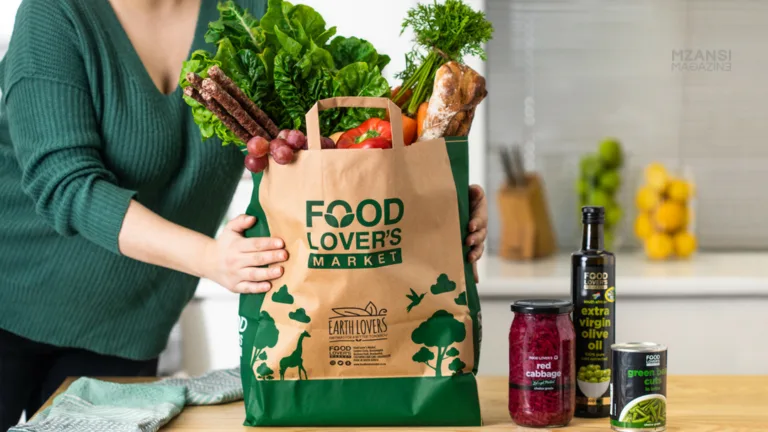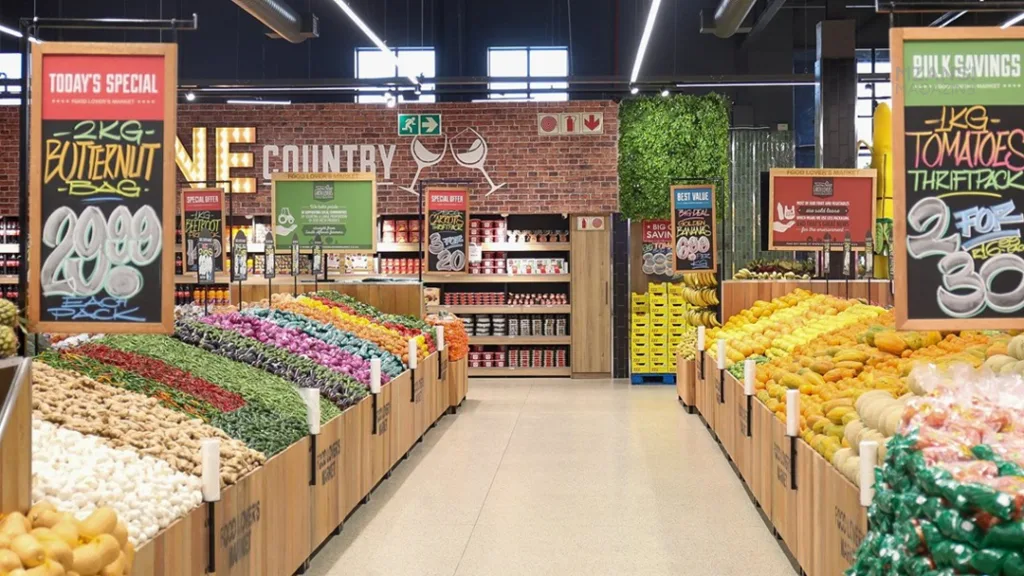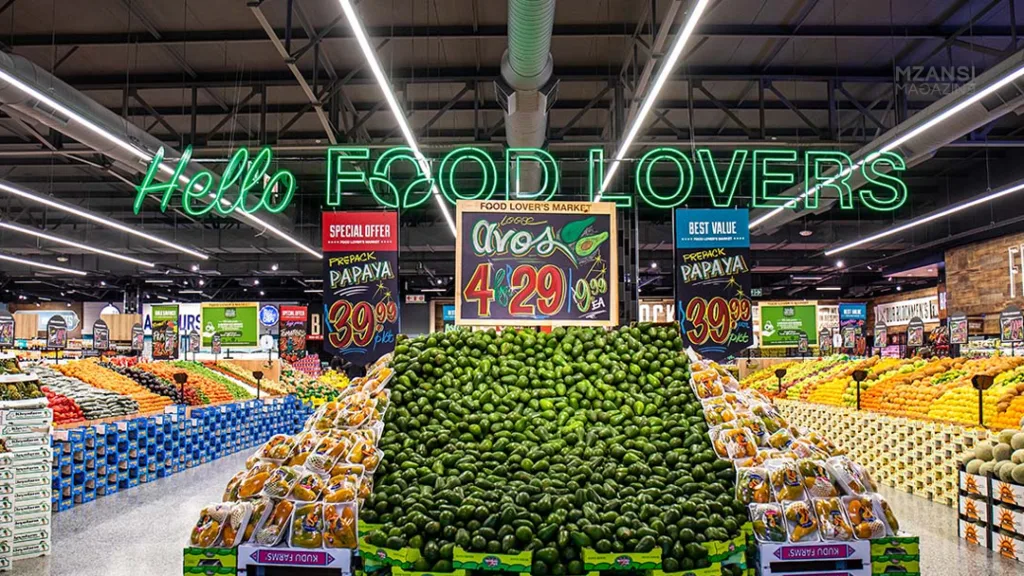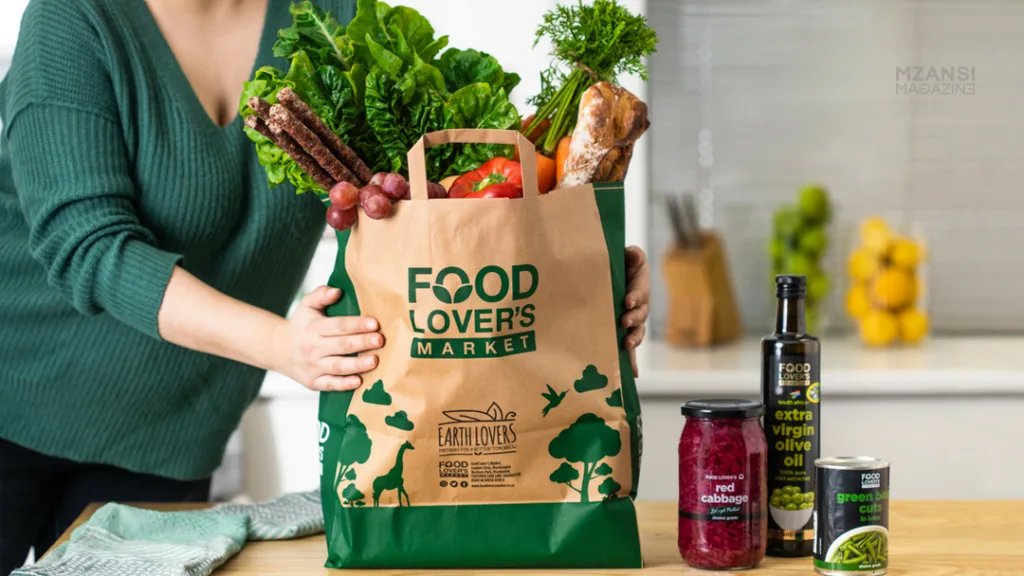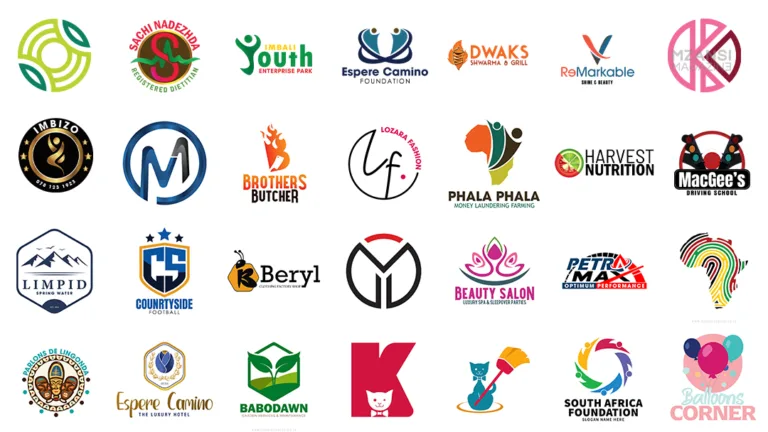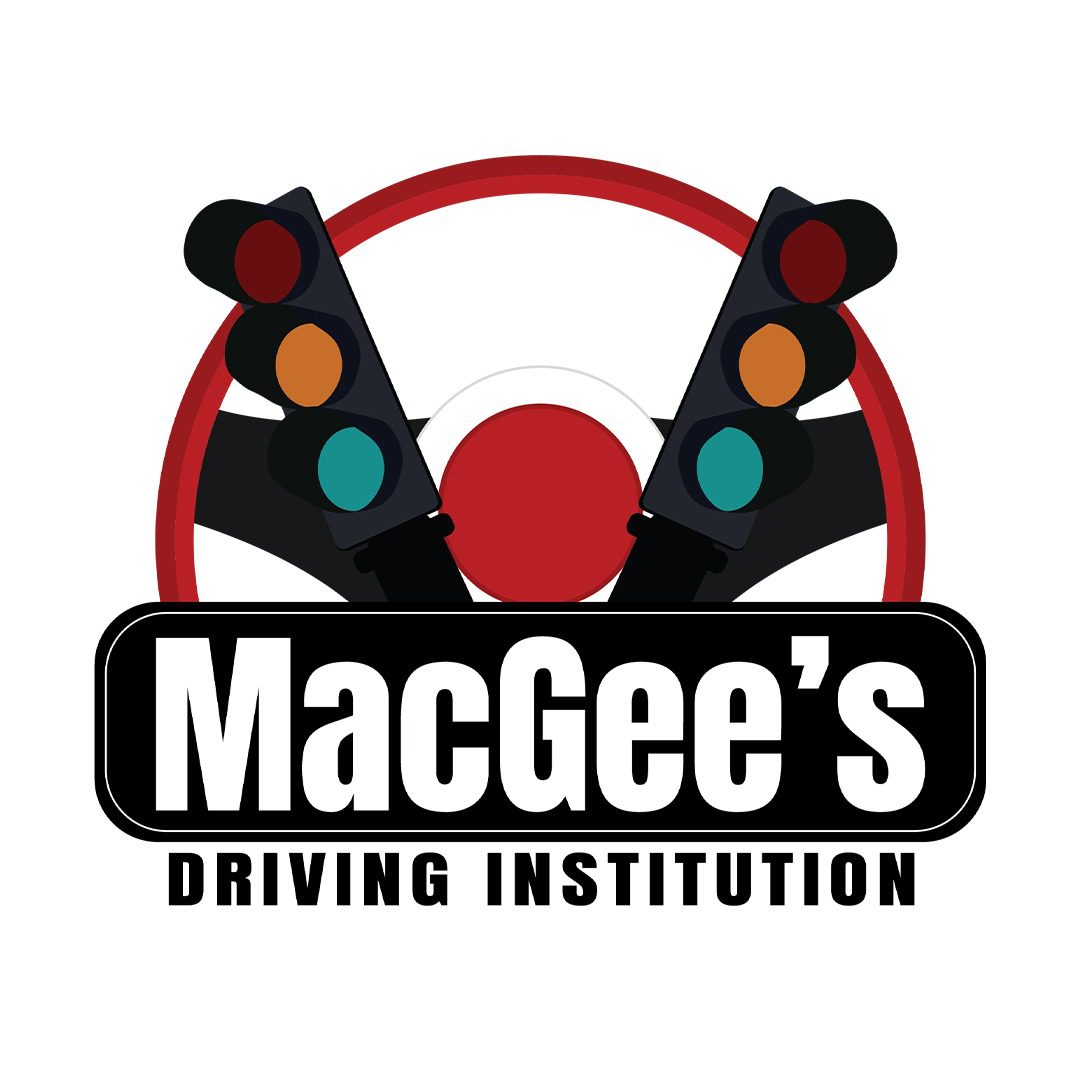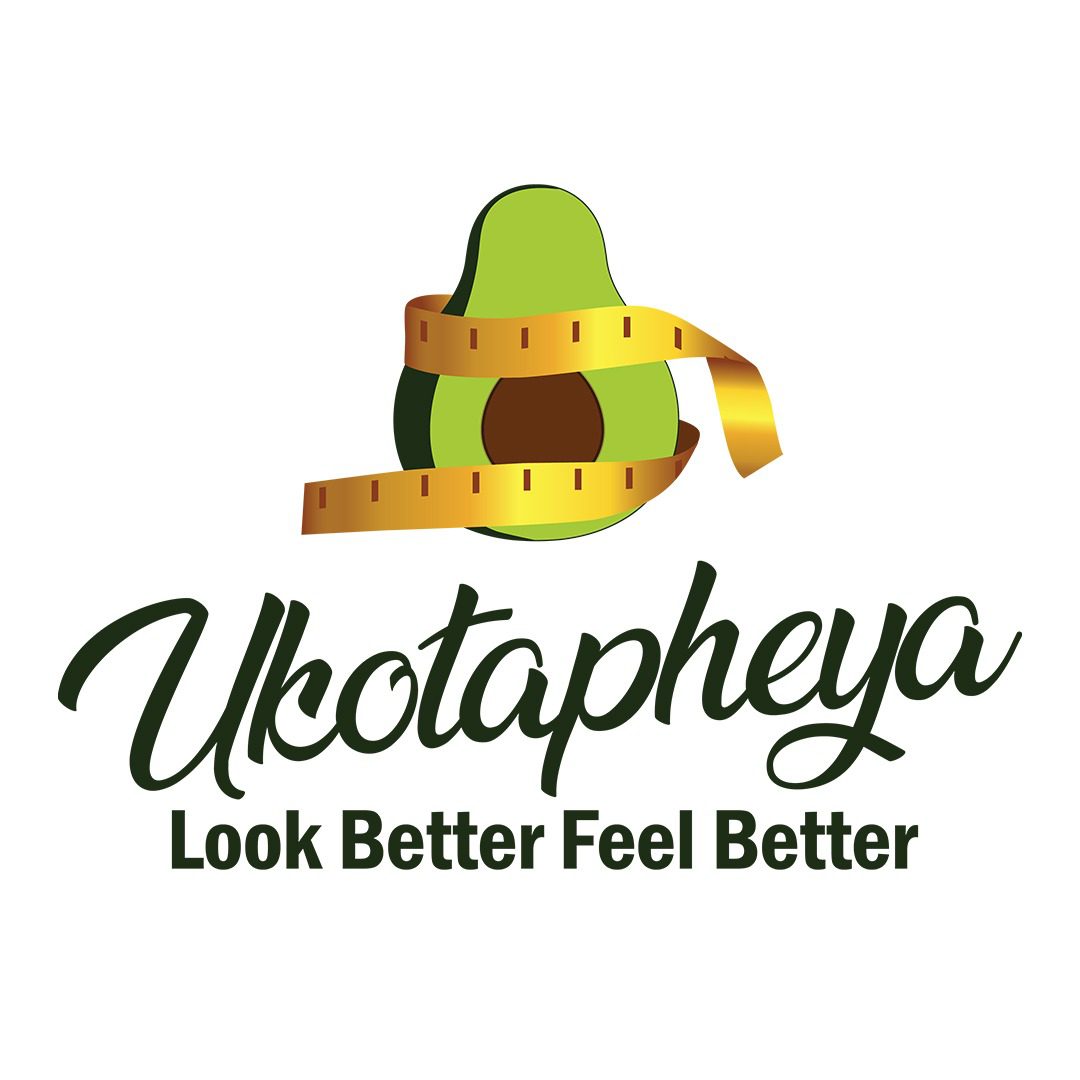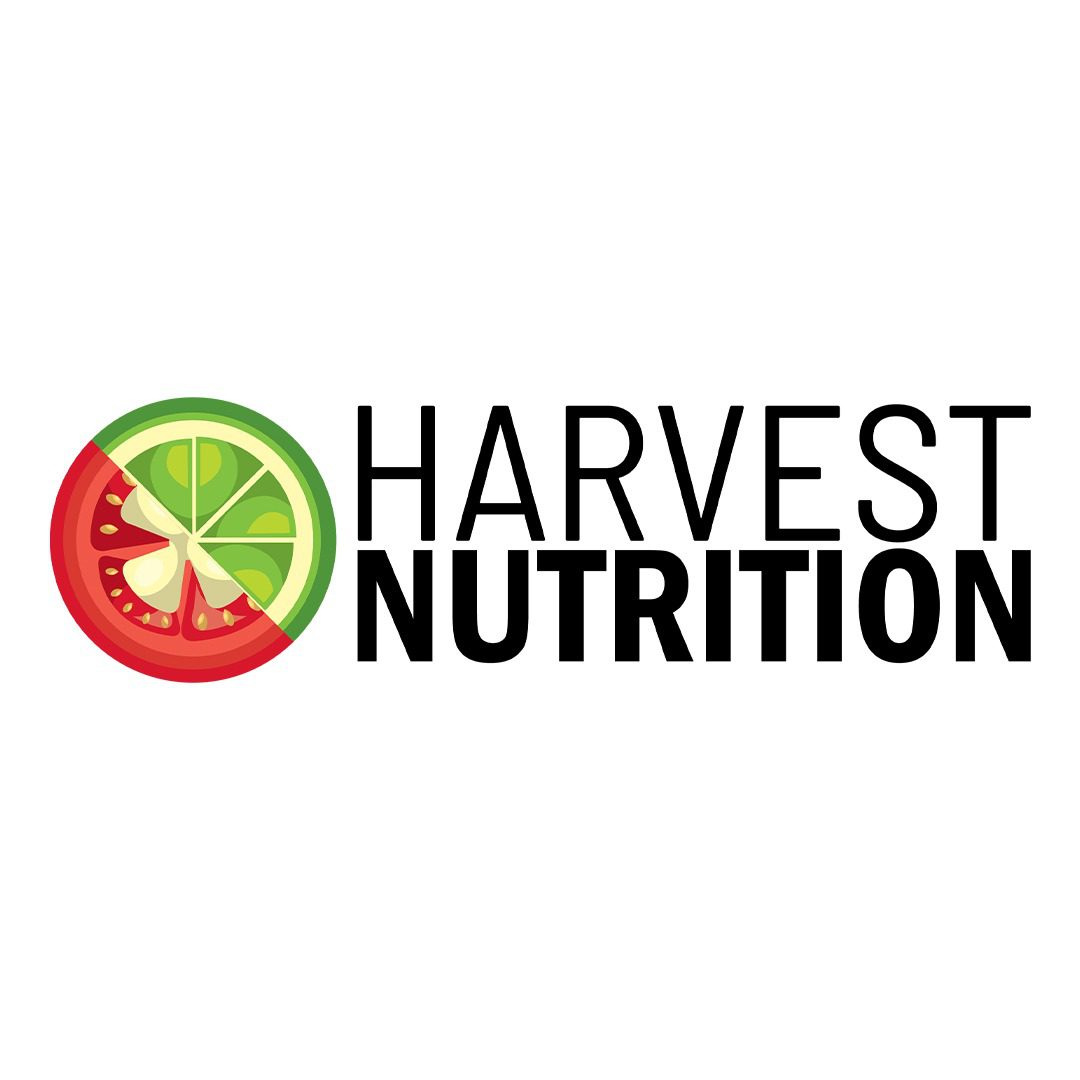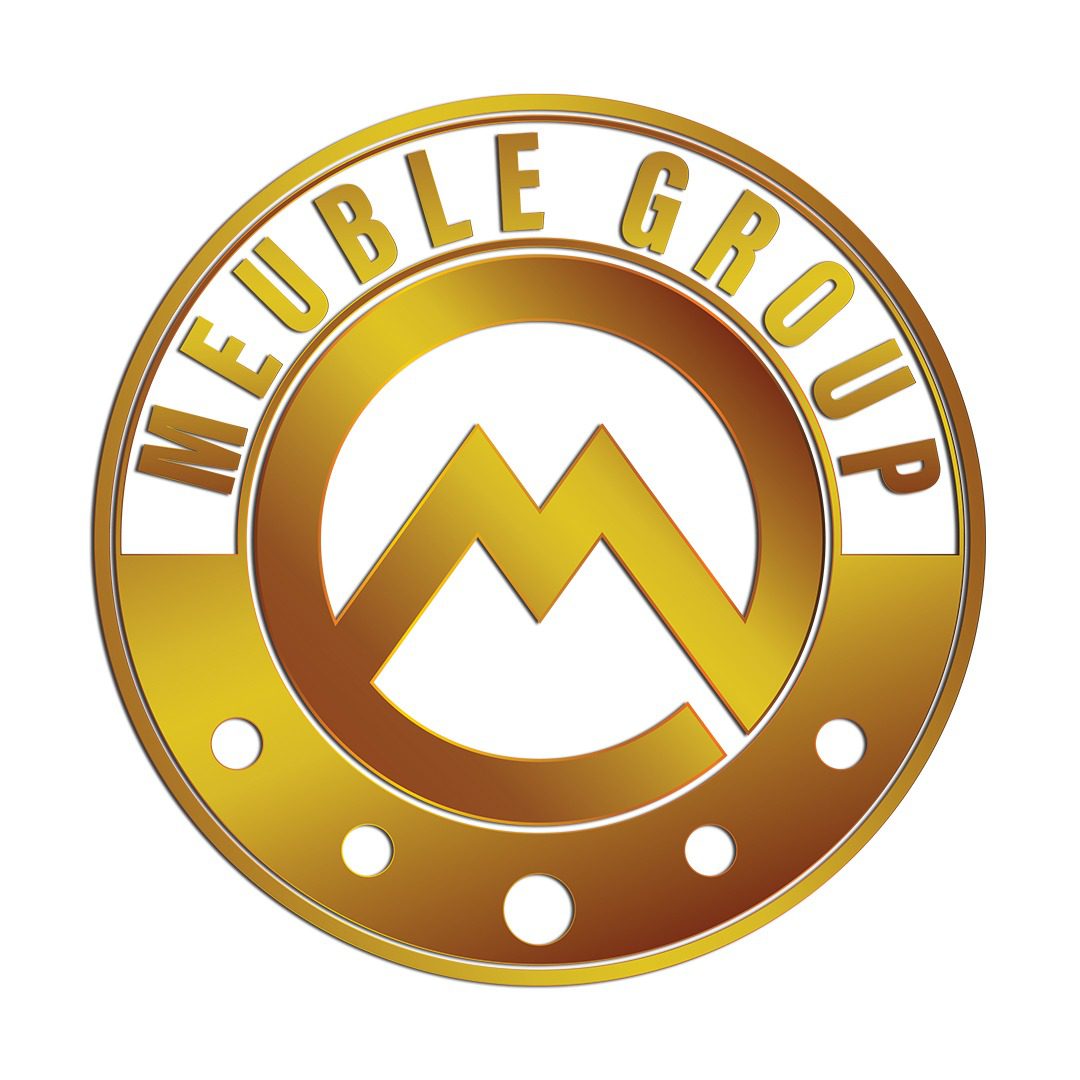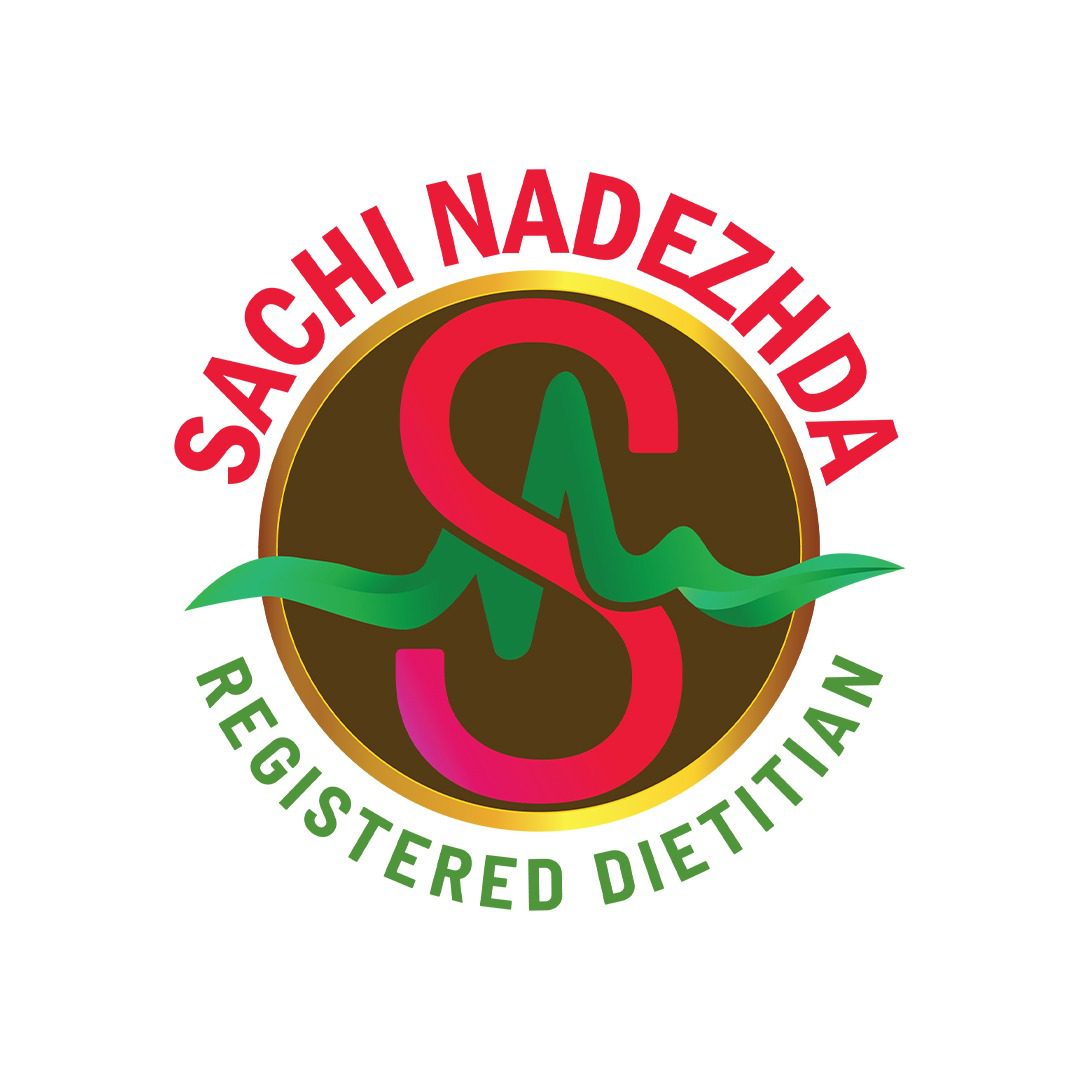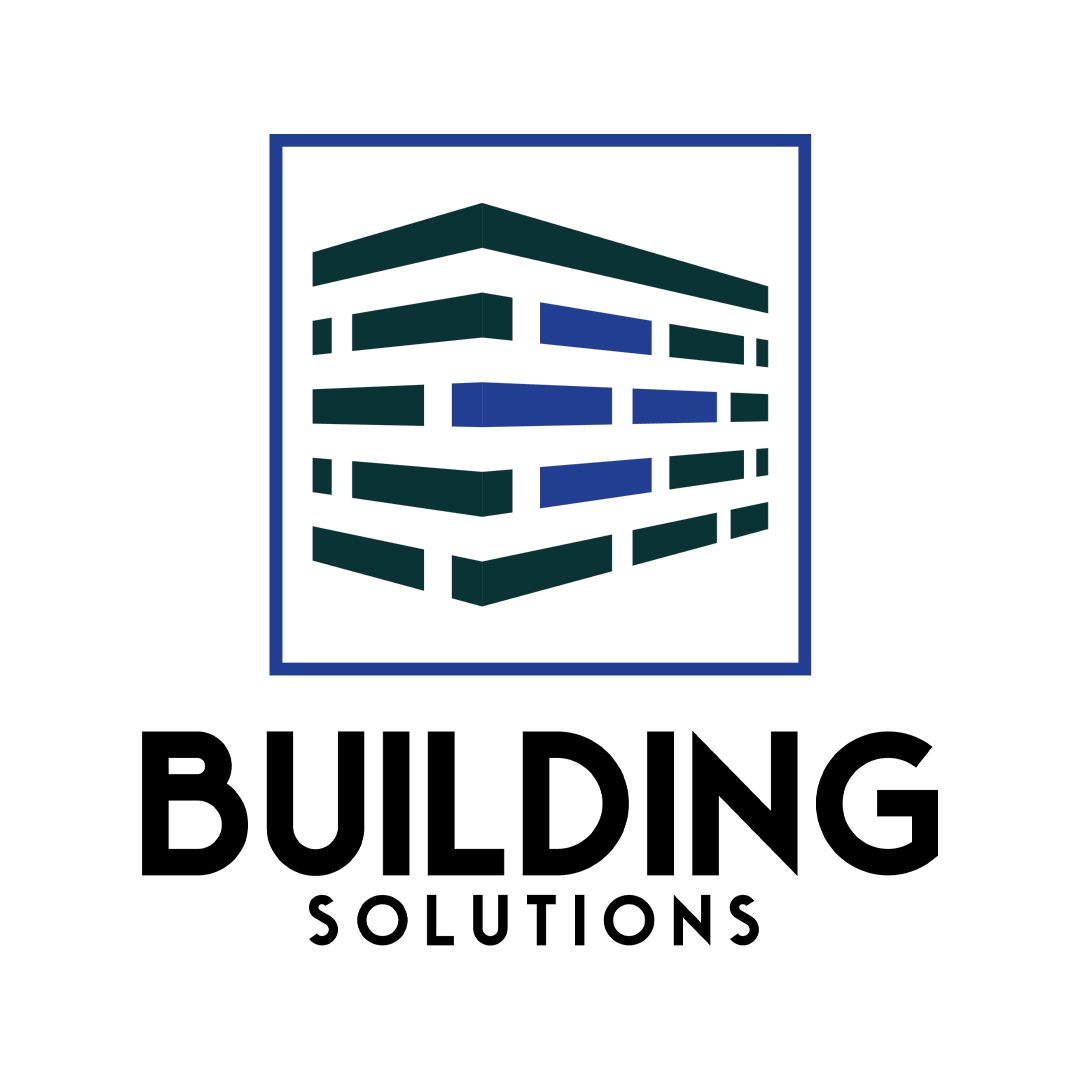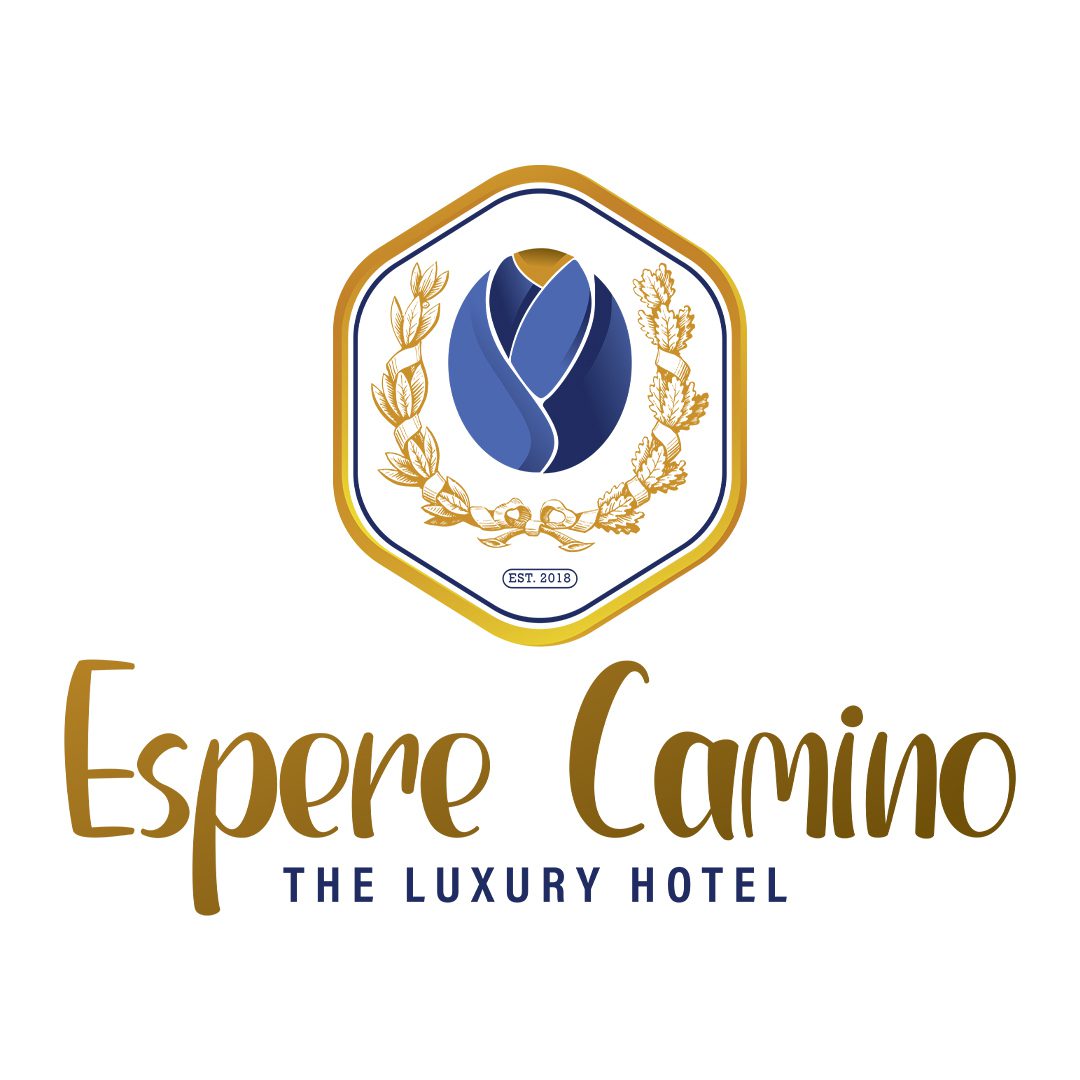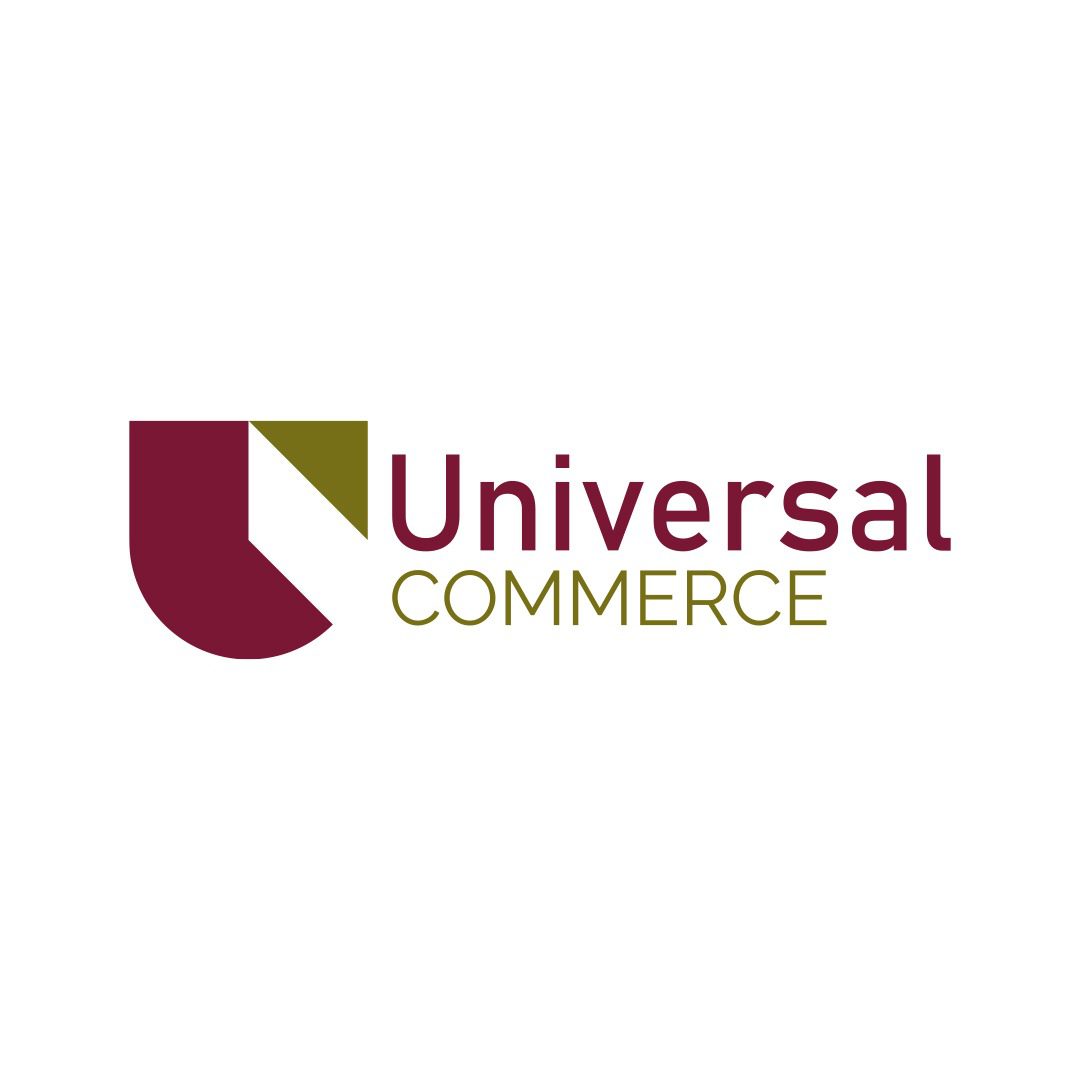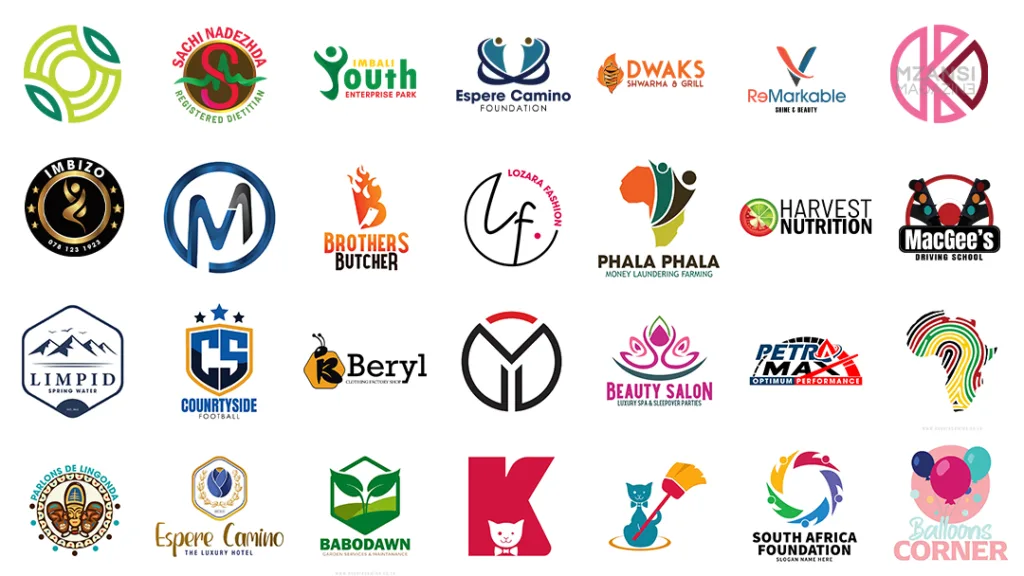9 Keys Considerations Before Purchasing Your Ideal Bar
Starting a bar business may be an exciting and adventurous experience, with many opportunities to express your ideas. Whether you like a sports bar’s exhilarating environment or a neighbourhood bar’s warm atmosphere, the bar business offers a diverse selection of solutions that accommodate every taste and preference. However, before entering this dynamic industry, you must examine several factors that may significantly impact your venture’s success.
Table of Contents
From assessing your suitability for bar ownership to choosing the perfect location and developing a memorable brand identity, the decisions you make at the outset will shape the direction of your bar’s journey. This guide will discuss nine key factors you need to consider before buying your dream bar. This will equip you with the knowledge and insights necessary to navigate the complexities of the bar industry and set your establishment on the path to success.
Suitability for Bar Ownership
Owning a bar is a unique business opportunity that requires a particular set of skills and personality traits. To succeed in this industry, assessing your suitability for bar ownership is essential. One of the critical factors to consider is your ability to interact with people and provide exceptional hospitality. As a bar owner, you’ll ensure that your patrons have an enjoyable experience, which requires social skills, resilience, and a genuine passion for customer satisfaction.
In addition to social skills, you’ll also need to possess practical business management skills. Running a successful bar involves making important decisions, managing finances, and leading a team. Therefore, having strong leadership skills and making informed decisions is crucial.
Before diving into the bar industry, taking some time for introspection is essential and determining if this lifestyle aligns with your personality, skills, and aspirations. By assessing your suitability for bar ownership, you can ensure you’re well-equipped to handle the challenges and demands of this dynamic industry.

Success in the bar industry requires being a people person and handling liquor well.
Choosing the Right Type of Bar
The world of bars offers various options, from cosy local pubs to chic cocktail lounges and vibrant nightclubs. The right choice of bar type is crucial as it sets the tone for your business operations and attracts your target audience. When selecting your bar’s concept, it is essential to consider your preferences, local market demand, and industry trends.
However, beyond your personal preferences, conducting market research is essential to identify gaps or niches your bar can fill. Analysing the demographics and preferences of your target market is crucial to ensure alignment with your chosen concept. Whether aiming for a relaxed neighbourhood hangout or an upscale wine bar, understanding your clientele is critical to creating a successful and sustainable business model.
Identifying Your Target Market
Identifying a target market is crucial to the success of any bar venture. To accomplish this, it is imperative to conduct extensive research to determine potential patrons’ demographic, behavioural, and preference patterns. Age, income level, interests, and lifestyle choices should be considered when tailoring offerings to meet the needs and desires of this target group.
Furthermore, analysing local competition can help identify gaps or opportunities in the market. It is also essential to assess whether the chosen location aligns with the target market and whether there is demand for the proposed concept in the area. By understanding the target audience and catering to their preferences, a unique and compelling bar experience can be created that distinguishes the business from its competitors.
Evaluating Location Importance
A bar’s success is heavily influenced by its location. To guarantee that your bar attracts the correct people, choose a location that reflects your target market and provides high visibility, accessibility, and foot traffic. This entails considering the closeness to residential neighbourhoods, office buildings, or entertainment districts, depending on the audience you want to attract.
It is critical to evaluate the surrounding region for prospective rivals, safety issues, and parking availability. A prominent location might generate spontaneous walk-in traffic, but planned positioning can transform your bar into a destination for customers looking for a certain vibe or experience. By carefully assessing the relevance of location, you may increase your bar’s visibility and appeal to a larger audience.
Crafting the Perfect Bar Name
Choosing the right name for your bar is important as it represents your brand and sets the tone for the customer experience. Brainstorming names that reflect your concept and creating the desired mood or feelings is essential. While coming up with a name, keep in mind the atmosphere, drinks and food you’ll offer and who your customers are.
Selecting a name that is memorable, pronounceable, and relevant to your intended audience is also critical. To prevent legal concerns, research to ensure your selected name does not infringe on any existing trademarks or clash with other firms. A good name may make your bar stand out, leave a lasting impression, and attract clients, all of which can pave the way for a profitable business endeavour.
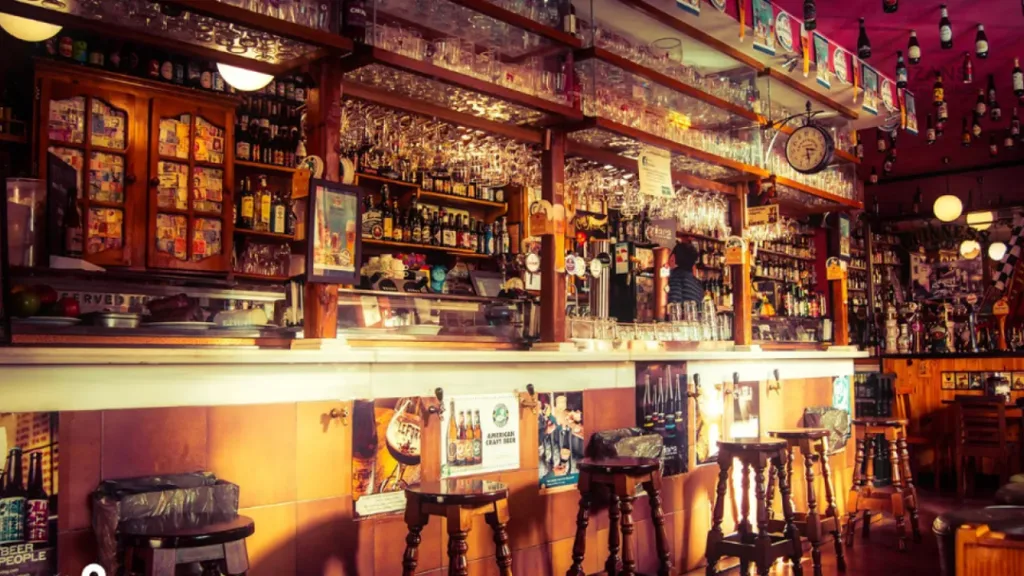
Choose a bar concept that resonates with your personality and target market.
Implementing Effective Sales Tracking
Efficient sales tracking is imperative for monitoring revenue streams, controlling costs, and preventing potential losses in a bar business. A reliable system, such as a point-of-sale (POS) system or inventory management software, should be chosen for tracking liquor and food sales. These tools provide real-time insights into sales trends, inventory levels, and customer preferences, which can be used to make informed business decisions.
In addition, it is essential to establish robust inventory controls and protocols to minimise the risk of theft or shrinkage. Regularly reconciling sales data with actual inventory can help identify discrepancies and address any issues promptly. By implementing effective sales tracking measures, bar businesses can optimise operational efficiency, maximise profitability, and ensure long-term success.
Ensuring Sufficient Capitalisation
Adequate capitalisation is essential in avoiding frequent hazards in the pub sector. Before purchasing a bar, you should assess your financial resources to ensure you have enough money to cover start-up fees, operational costs, and unexpected situations. Industry professionals advocate saving aside at least one year’s operational expenditures, including rent, utilities, inventory, and payroll.
Consider the necessity for additional finance, such as loans or investors, to augment your starting cash. Access to working cash is critical for weathering financial crises and keeping your organisation running during periods of variable income. You may reduce financial risks and position your business for long-term success by ensuring adequate capitalisation.
Strategic Marketing Initiatives
Marketing is essential to every organisation since it attracts consumers, raises brand recognition, and drives revenue development. To establish an efficient marketing plan, you must use conventional and digital channels to reach your intended audience. You may communicate with potential consumers and promote your bar’s unique offers via social media platforms, email marketing, and internet advertising.
To differentiate yourself from the competition, try implementing unique marketing strategies such as holding community events, engaging with local influencers, or partnering with neighbouring companies to boost foot traffic and build buzz. It is also critical to track the efficacy of your marketing activities using key performance indicators (KPIs) and alter your plan as necessary to optimise outcomes. By executing imaginative marketing activities, you can establish your pub as a go-to place while driving long-term customer visitation and revenue development.
Staying Ahead with Industry Trends
The bar sector constantly evolves, with new trends, technology, and customer tastes influencing the scene. To remain current with industry trends, visit trade fairs, network with industry people, and subscribe to relevant journals and blogs. Keep one step ahead of the competition by monitoring emerging trends in beverage preferences, design aesthetics, and customer experience enhancements.
Undertake market research to uncover regional, national, and worldwide trends that may affect your organisation. Experiment with new ideas, menu options, and promotional techniques to capitalise on growing possibilities and set your bar apart from the competition. Remaining current with market developments enables you to stay relevant, attract discerning customers, and achieve long-term success in the ever-changing world of pub ownership.
Conclusion
Purchasing a bar takes extensive preparation, strategic thinking, and a strong desire to provide hospitality. By considering essential elements such as your eligibility for bar ownership, the bar style that best fits your vision, and the demands of your target market, you can set a firm foundation for success and develop a flourishing business that appeals to a wide range of customers.
As you embark on this exciting journey, it is essential to remember that success in the bar industry requires dedication, resilience, and a willingness to adapt to ever-changing trends and consumer preferences. By staying informed, embracing innovation, and prioritising your customers’ needs, you can build a bar that survives and thrives in the competitive landscape of the hospitality industry. Here’s to your future success as a proud bar owner! Cheers!

Craft a name that captures your bar’s essence and resonates with your target audience.
Frequently Asked Questions
Can I run a successful bar if I’m not a night owl? You can run a successful bar even if you’re not a night owl. To be successful in the bar industry, it’s essential to understand your customers and provide excellent service. Many successful bar owners delegate night-time operations while focusing on strategic management during the day.
How important is the bar’s atmosphere? The environment significantly impacts the customer experience and can influence whether or not a patron returns. Choose a feel appropriate for your target market, whether it is a friendly village pub or a trendy cocktail bar. The atmosphere includes everything from design and music to lighting and seating arrangements; ensure it reflects your business brand and appeals to your target audience.
What are some effective marketing strategies for bars? Social media participation, themed events, and community involvement are great ways to promote your bar and attract consumers. To generate excitement and promote return visits, consider hosting unique events such as quiz nights, live music performances, or themed parties. Collaborating with local influencers or adjacent companies can also help you broaden your reach and attract more clients.
How do I handle inventory management effectively? Implement inventory controls and use technology like point-of-sale systems to track sales and manage stock levels efficiently. Regular inventory audits can help identify discrepancies and minimise losses due to theft or waste. Additionally, negotiate favourable terms with suppliers and monitor consumption trends to optimise purchasing decisions and minimise excess inventory.
What role does location play in a bar’s success? Location influences foot traffic and accessibility, affecting your bar’s exposure and prospective customer base. Choose a site carefully based on your target market demographics, competitors, and nearby amenities. To increase your bar’s exposure and appeal to a larger audience, consider accessibility to public transit, parking availability, and nearby companies.


















